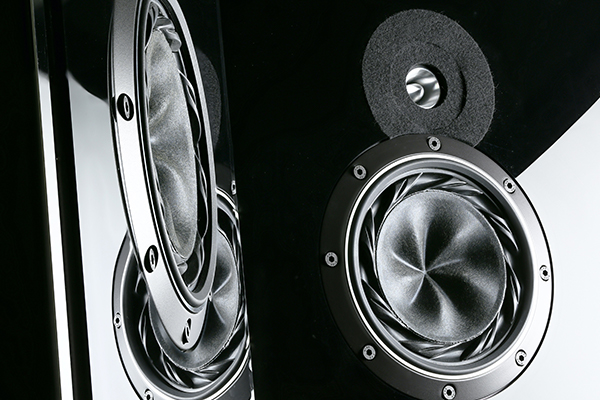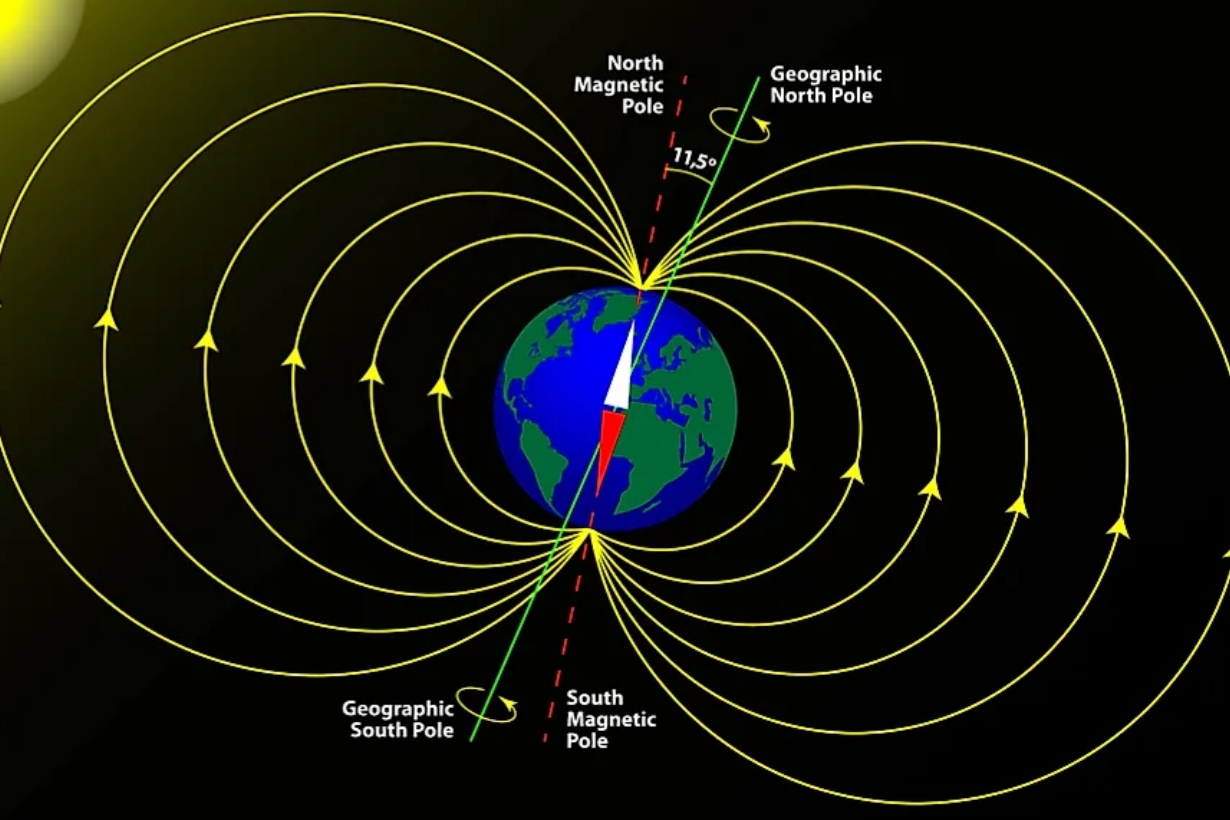How Permanent Magnets are Used for Making Loudspeakers?
In the world of electronics and sound, magnets play a crucial role. In fact, without magnets, it would be practically impossible to produce or even amplify sound signals the way speakers do. Speakers produce sound through the interaction of a permanent magnet and an electromagnet. Neodymium is one of the most commonly used permanent magnets in speakers, and this is because of its high magnetization and demagnetization, and small size. In this article, we'll take a closer look at how permanent magnets are used to make loudspeakers and how they work.
How Do Speakers Use Magnets & Electromagnetism?
Speakers function as energy transducers that convert electrical energy (audio signals) into mechanical energy (sound waves). The drivers in the speaker utilize electromagnetism to convert the AC voltage of the audio signal into diaphragm movement within a magnetic field, thereby producing sound. Most speakers rely on electromagnetism to act effectively as transducers.

Loudspeakers
The loudspeaker consists of a critical component called the driver. This loudspeaker driver plays a key role as the transducer element that converts audio signals into sound. Permanent magnets are typically designed into the driver so that they can interact with the magnetic field induced by the diaphragm of the speaker as an audio signal is passed through the driver. The speaker diaphragm could be made of a conductive material or attached to a conductive material. A coinciding magnetic field is then produced in and around the conductor as the electric current flows through the conductor.
Electromagnetic Induction
Electromagnetic induction is the production of a voltage or electromotive force (EMF) across an electrical conductor in a changing magnetic field. During electromagnetic conduction, the passage of a voltage across a conductor will cause a magnetic field around that conductor. Thus, a varying magnetic field can be produced around a conductive material (a metallic coil) by sending an alternating current (audio signal) through the material. If the coil is placed within the magnetic field of a strong magnet, the magnetic field produced by the coil current around the coil and that of the permanent magnet will interact and cause the conductor and magnet to repel or attract one another.
Transducers in Loudspeakers
In speakers, the magnets can be combined with a conductive diaphragm design to convert audio signals into sound waves. This is the design behind the speaker drivers. This makes it possible to send an electrical audio signal through a conductor so it moves an electromagnetic diaphragm to produce sound. There are a variety of drivers (speaker transducers) used in loudspeakers. The most common types are the moving-coil drivers. You'll find them in most loudspeakers, studio monitors, car stereo systems, external computer speakers, and many more electronic products. As earlier mentioned, moving-coil drivers use electromagnetism to transduce energy. They are very common in making electromagnetic loudspeaker transducers. Moving-coil drivers, however, are equally useful in mobile and computer devices. In general, loudspeakers utilize drivers to convert audio into sound. Some of the drivers that utilize magnetism are — among several others — moving-coil dynamic, magnetostatic/planar magnetic, moving-iron, ribbon, and magnetostrictive drivers. Each of these loudspeaker drivers consists of unique magnets that confer the transducing property on them.
How does Magnet Performance Affects Loudspeaker Sound Output Quality?
It should be noted that the performance of the magnets used in loudspeakers affects the quality of the sound output. In the case of the same magnet volume and the same coil, here's how the performance of the magnet directly impacts the quality of sound output of the speaker:
- The greater the magnetic flux density (magnetic induction) of the magnet, the stronger the thrust on the sound film.
- The greater the magnetic flux density (magnetic induction), the higher the relative power and sensitivity of the speaker.
Which Types of Magnets Are Best for Loudspeakers?
Magnets typically found in speakers are AlNiCo magnets, ferrite magnets, and Neodymium magnets. Neodymium magnets are most widely used in most loudspeakers. This is because neodymium has the greatest magnetic field strength of any permanent magnet known and is relatively cheaper than other permanent magnets. Speakers made with neodymium magnets have good frequency responses.
Speaker Construction and Operation
Typically, the magnet is attached to a frame inside the speaker with the electromagnet fitted inside the permanent magnet. This is also attached to the diaphragm, which is the part of the speaker that looks like a cone, which is designed for pushing air. When electrical current flows through the coil inside the permanent magnet, it is alternately attracted and repelled, causing it to move, thus pushing the diaphragm. The coil moves at frequencies equivalent to the frequencies at which the diaphragm is moved. These are the same frequencies that we hear. The higher the current moving through the coil, the larger the movements and louder the sounds we hear, and vice versa. Note that higher frequencies cause higher pitch, while lower frequencies result in a lower pitch.
Conclusion
Thank you for reading our article and we hope it can help you to have a better understanding of how permanent magnets are used in loudspeakers. If you want to learn more about magnets, we would like to advise you to visit Stanford Magnets for more information. As a leading magnet supplier across the world, Stanford Magnets has been involved in R&D, manufacturing, and sales of magnets since the 1990s. It provides customers with high-quality permanent magnets like SmCo magnets, neodymium magnets, AlNiCo magnets, and ferrite magnets (ceramic magnets) at a very competitive price.















